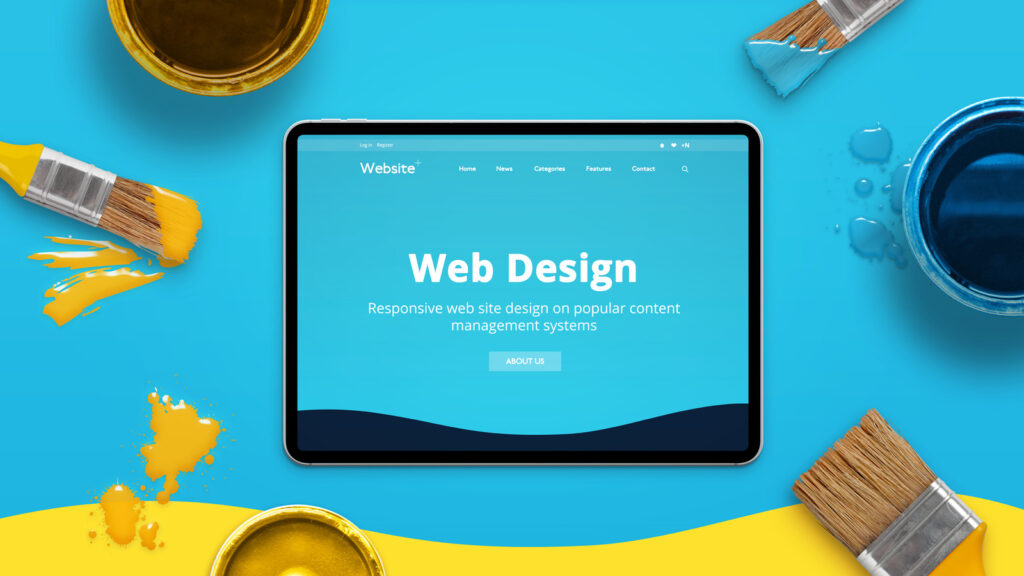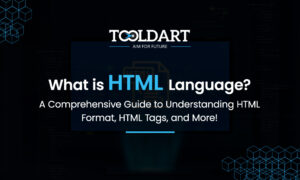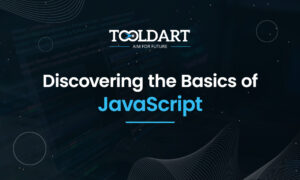The Ultimate Guide to Learning Web Design: From Basic to Advanced

Introduction
Web design is a skill that is in high demand in today’s digital world. As more and more businesses are going online, there is a need for skilled web designers who can create visually appealing and functional websites. In this guide, we will take you through the entire journey of learning web design, from the basics of HTML and CSS to advanced concepts such as JavaScript and responsive website design.

HTML:
HTML is the foundation of website design, and it is essential to have a good understanding of HTML to create a well-structured web page. HTML tags are used to define the different elements of a web page, such as headings, paragraphs, lists, images, links, and tables. It is essential to understand the syntax and structure of HTML tags to create a well-formed HTML document.
In addition to the basic tags, HTML also includes some advanced features such as forms and semantic tags. Forms allow users to submit data to a web server, and they are commonly used for contact forms, login forms, and search forms. Semantic tags define the structure and meaning of the content on a web page. They include tags such as <header>, <nav>, <main>, <section>, and <footer>. Using semantic tags can improve the accessibility and search engine optimization (SEO) of a web page.
CSS:
CSS is used to style and layout web pages, and it allows web designers to control the appearance of different HTML elements. CSS rules consist of a selector and a declaration block, where the selector specifies which elements to style, and the declaration block contains the CSS properties and values.
CSS offers a wide range of properties for styling text, backgrounds, borders, and layouts. It also includes some advanced features, such as CSS animations and transitions, which can be used to create dynamic effects on a web page. In addition, CSS frameworks such as Bootstrap and Foundation provide pre-built styles and components that can help speed up the website design process.
JavaScript:
JavaScript is a powerful programming language that can be used to add interactivity and functionality to web pages. It is used to manipulate the Document Object Model (DOM), which is the interface between HTML and JavaScript. JavaScript can be used to create animations, validate form data, implement user interface components, and communicate with web servers using AJAX.
JavaScript also includes popular libraries and frameworks such as jQuery, React, and Vue.js. These libraries and frameworks provide pre-built code and components that can help simplify the development process.
Responsive Website Design:
Responsive website design is an essential skill for web designers in today’s mobile-first world. Responsive design allows a web page to adapt to different screen sizes and devices, providing an optimal viewing experience for users. To create a responsive design, web designers need to use techniques such as media queries and flexible layouts.
Media queries allow web designers to apply different styles based on the screen size and device characteristics. Flexible layouts use relative units such as percentages and ems instead of fixed units such as pixels to adapt to different screen sizes. In addition, responsive design requires careful consideration of images and media, as large images can slow down the loading time of a web page on mobile devices.
Best Practices in Web Design
To create a successful website, it is essential to follow some best practices in web design. User-centered design principles are a good starting point, as they focus on creating a website that meets the needs and expectations of users. Accessibility considerations are also important, as they ensure that a website is accessible to users with disabilities. Optimization techniques such as minifying CSS and JavaScript files, compressing images, and using a content delivery network (CDN) can improve the speed and performance of a website.
Testing and debugging web pages is also essential, as it helps identify and fix issues before launching a website. Collaboration with other designers and developers can also be beneficial, as it allows for a more diverse range of skills and perspectives to be applied to a project.
Learning web design is an ongoing journey that requires continuous learning and practice. In this guide, we have covered the basics of HTML and CSS, advanced concepts such as JavaScript and responsive web design, and some best practices in web design. We hope that this guide has provided you with a solid foundation to start your journey in web design. Remember that the key to becoming a successful web designer is to keep learning and practicing. Good luck on your journey!
Website designer near me
Are you looking for a reliable website designer near me to work with, Tooldart is here to help. We offer various web design courses, including custom website design, responsive web design, and e-commerce web design. Contact us today to learn how we can help you create a stunning and functional website for your business.
Web design course in Jaipur
If you want to learn website design from basic to advanced, join Tooldart today! We have been offering various IT courses that can help you build your career in IT.
Call us today to know more!



